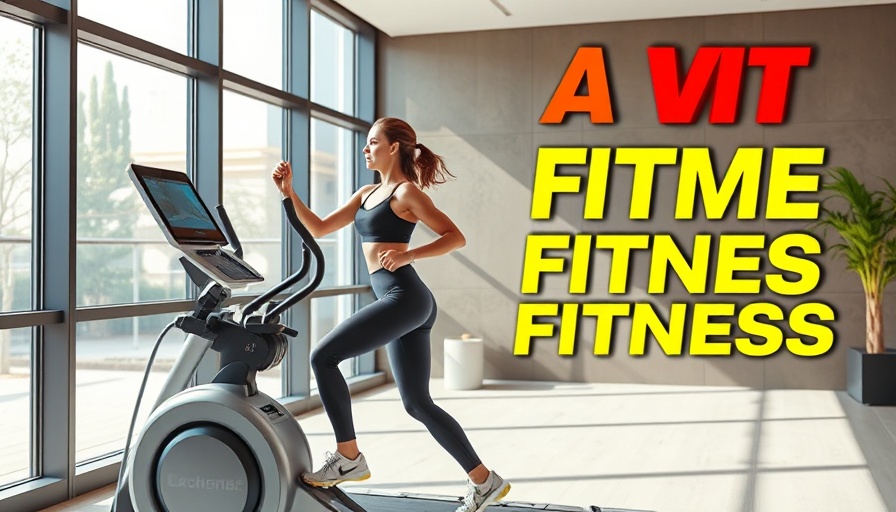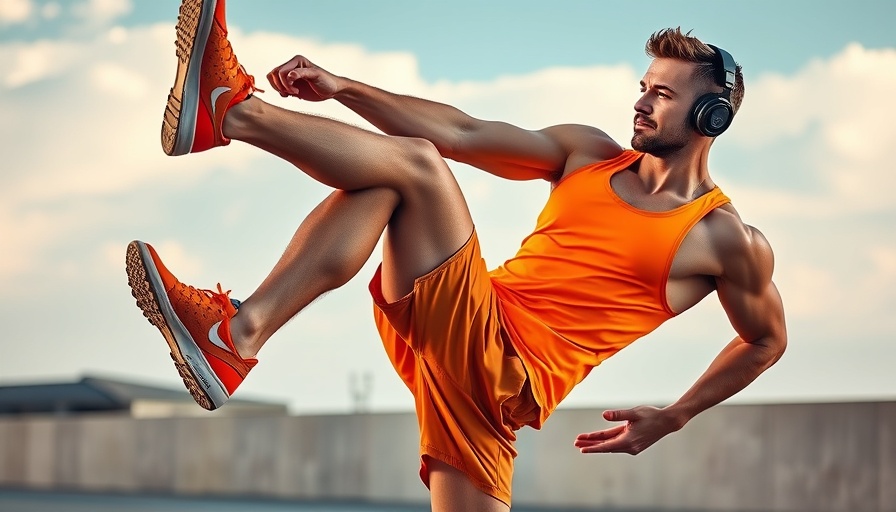
Exploring the Future of Home Fitness: AI in Your Living Room
In the evolving landscape of personal fitness, the introduction of AI technology has been nothing short of revolutionary. The Gym Monster 2.0, designed by Speediance, epitomizes this trend. This machine is not just another home gym; it promises a combination of advanced features that make workouts more efficient and personalized.
Setting Up Your Smart Gym: A Hassle-Free Experience
Setting up the Gym Monster 2.0 is a breeze. Out of the box, the clear instruction manual aids in a simple assembly process—just attach a few pieces, and you’re good to go. I was pleasantly surprised by how quickly I could transform my garage into a workout haven, especially given that it doesn't take up much space. The aesthetically pleasing design is compact and blends well with my other home equipment.
AI-Powered Workouts: Personalization at Its Best
The standout feature of the Gym Monster 2.0 is its AI-driven capability to personalize workouts. With its advanced sensors assessing the speed of each rep, the machine modifies resistance in real time to match my performance levels. This not only makes workouts more effective but also ensures I am always pushing my limits without risking injury. It allows for an engaging experience that keeps me motivated.
Why Home Workouts Are Becoming the Norm
With the rise of at-home fitness solutions like the Gym Monster 2.0, understanding their value to health enthusiasts is crucial. Not only do they eliminate travel time to the gym, but they also promote consistency. Being able to work out in the comfort of your home can significantly enhance your commitment to a fitness routine, especially with increasing lifestyle demands.
What's Next in Home Gym Innovation?
As technology continues to advance, the potential for further innovations in home fitness equipment is vast. Features such as virtual training sessions, interactive competitions with friends, and comprehensive health tracking are becoming necessary tools for those looking to maintain a healthy lifestyle without the constraints of a traditional gym environment. Who knows what the next generation of AI home gyms will look like?
Stepping Beyond Fitness: Nutritional Perspectives
Beyond the workout of the day, good nutrition plays a fundamental role in reaching fitness goals. Understanding how foods like superfoods can enhance your body’s performance adds an extra layer to your health journey. Pairing a robust exercise routine with nutrient-rich smoothies can provide necessary vitamins and minerals to fuel your body post-workout.
Creating Balance in Your Fitness Approach
Investing in a comprehensive gym experience should also integrate elements of diet and nutrition. For instance, smoothies rich in antioxidants can aid recovery and promote overall health. Transitioning from a gym-goer to a home-based fitness enthusiast doesn’t mean sacrificing the quality of your workouts or meals—the key is balance and sustainability.
Take Control of Your Health Journey Today
With a device like the Gym Monster 2.0, combined with a dedication to understanding nutrition, achieving wellness is more accessible than ever. By harnessing both exercise and diet, you can create a personalized health regime that fits your lifestyle while reflecting on what matters most to you.
So why not take the leap? Explore the benefits of this innovative gym equipment and start crafting your path to a healthier you today!
 Add Row
Add Row  Add
Add 







Write A Comment